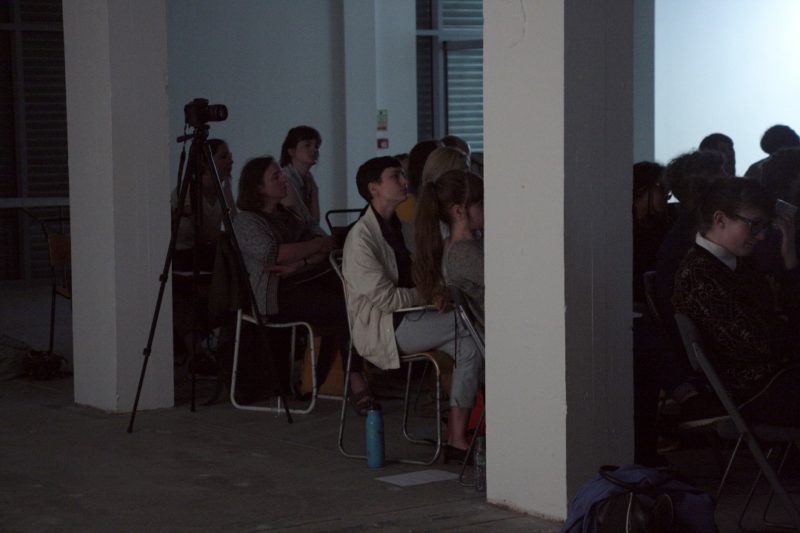Commision: Chris Evans
For this MAP commission Chris Evans presents, ‘Militant Bourgeois’ a film script, written in collaboration with Will Bradley and developed from a commissioned text by philosopher Nina Power









When Jan Six sat for Rembrandt in 1654 as he painted his now renowned portrait, he is unlikely to have forseen that his legacy, in part, would be embodied inside a Portakabin on a central reservation in Sloterdijk, an industrial district of Amsterdam. Six was born in 1618, the son of a wealthy textile merchant and was a culturally significant figure in his later years: a patron of the arts at a time when the Netherlands’ rich culture was recognised across Western Europe, his circle of friends included poet Joost van den Vondel and painter Rembrandt van Rijn.
In 2006, when Berlin-based artist Chris Evans asked Baron Jan Six, a descendant of the 17th century Jan Six, to suggest visual ideas for a wood-burning stove that would accentuate an existentialist experience, as part of his extensive Militant Bourgeois project, to be housed within a retreat between a busy intersection at the edge of Amsterdam. The role of his ancestor as patron of the arts was reversed and Six carried out the request with great responsibility, sensitive to his heritage, but nevertheless rising to the challenge.
Evans’ work is concerned primarily with the function and role of art’s social and political systems. In earlier projects such as Radical Loyalty he acted as mediator between managing directors of global corporations to orchestrate plans and models for a proposed sculpture park in Estonia, and Cop Talk when he invited police representatives to give recruitment presentations to artists at art institutions across Europe. The questioning of these systems is constant throughout his ambitious and often lengthy projects.
In Militant Bourgeois Evans incites questioning and debate in considering the relationship between artist and patron. Providing a residence—a black modified Portakabin—in which to place Jan Six’s wood-burning stove (the hearth of the home), a bed and a desk—Evans offered residency opportunities to a number of Dutch artists at a time when there was criticism that Dutch artists’ productivity was stifled by the generous amounts of state funding and support available. The residency offered to each one the chance, when faced with no resources, to reevaluate their existence as artist—an existentialist exercise that Sartre would have aknowledged.
The first instalment of Militant Bourgeois: An Existentialist Retreat was realised at the Stedelijk Museum Bureau, Amsterdam, in June 2006, followed by the siting of the Portakabin in Sloterdijk later that year. The exhibition then moved to International Project Space, Birmingham in January 2007.
For this Map Commission Chris Evans presents, ‘Militant Bourgeois’, a film script, written in collaboration with Will Bradley and developed from a commissioned text by philosopher Nina Power.
